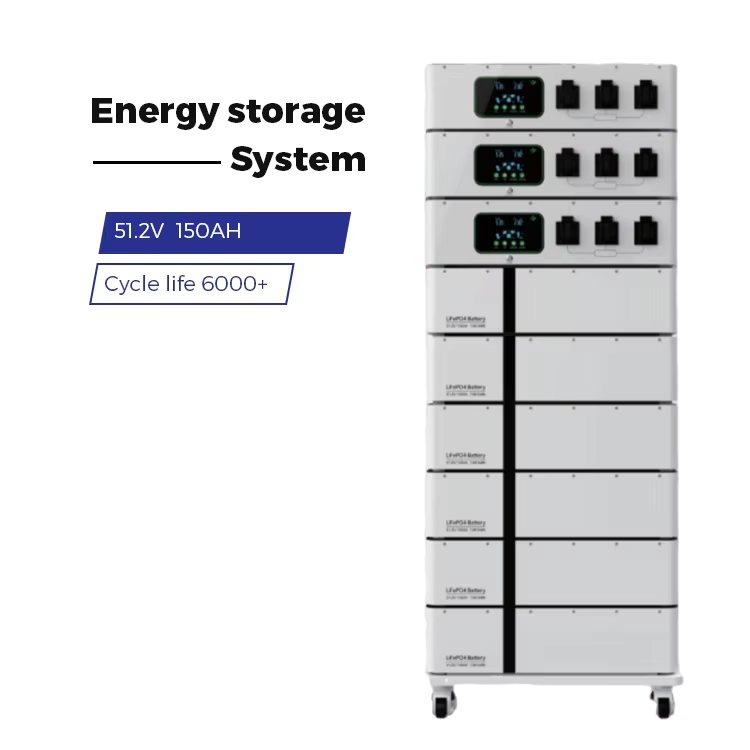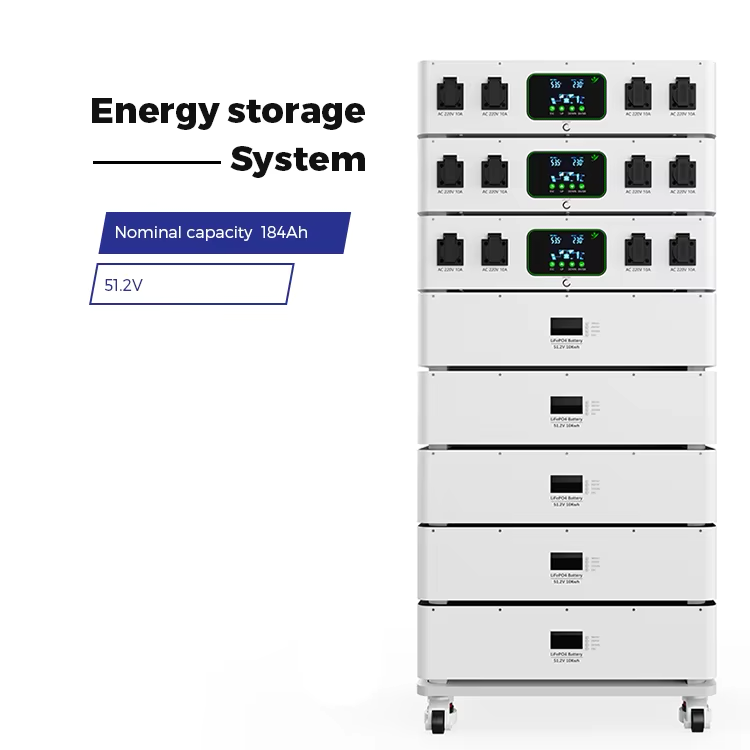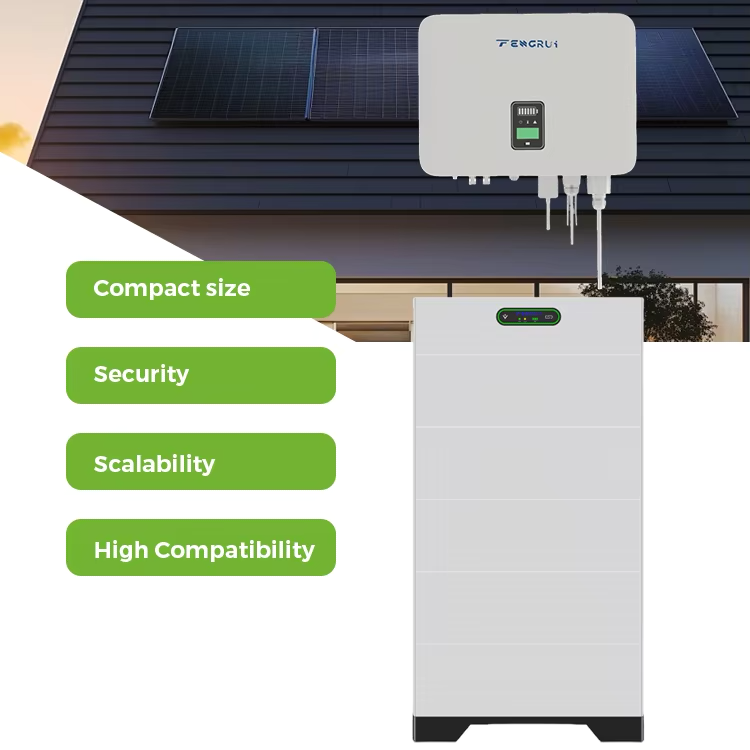on grid inverter
An on grid inverter, also known as a grid-tie inverter, is a sophisticated power conversion device that transforms direct current (DC) from solar panels into alternating current (AC) for seamless integration with the utility grid. This essential component of solar power systems enables bidirectional power flow, allowing excess generated electricity to be fed back into the grid while drawing power when needed. Modern on grid inverters incorporate advanced features such as Maximum Power Point Tracking (MPPT) technology, which continuously optimizes solar panel output by adjusting voltage and current levels. These inverters typically achieve conversion efficiencies exceeding 95%, ensuring minimal energy loss during the transformation process. They also include built-in safety features like anti-islanding protection, which automatically disconnects the system during grid outages to protect utility workers. The inverter's monitoring capabilities provide real-time data on power generation, consumption, and system performance through user-friendly interfaces or mobile applications. These devices are designed to comply with strict grid connection standards and often include smart features for remote monitoring and control. Their scalable nature makes them suitable for various applications, from residential rooftop installations to commercial solar arrays, playing a crucial role in the widespread adoption of solar energy technology.


